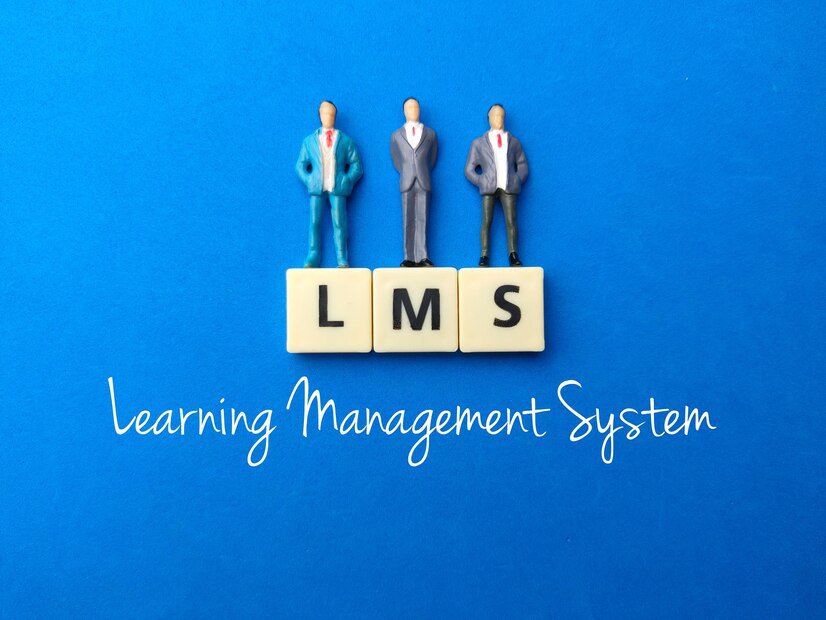
In todays changing world learning management systems (LMS) have become essential tools, for educational institutions and organizations seeking to offer online courses and training programs. While there are LMS options on the market there is a growing trend towards open source LMS solutions due to their flexibility cost effectiveness and community driven development.
So what is an open source LMS? Open source refers to software that’s freely available for use, modification and distribution. In the case of a source LMS this means that anyone can access the source code and make changes or improvements as needed. This collaborative approach promotes innovation. Empowers users to customize the LMS according to their requirements.
If you are considering implementing a source LMS here are some advantages and important factors to consider;
Cost Effectiveness; One of the benefits of using open source LMS solutions is their cost effectiveness. With proprietary systems organizations often face licensing fees that can quickly accumulate. On the hand open source solutions eliminate these costs since the software is freely available, for use.
Although there might still be some costs involved in implementing, customizing and maintaining source learning management system (LMS) solutions the overall expenses are usually much lower compared to their counterparts.
Flexibility; source LMS solutions provide customization options. Organizations have control, over the source code allowing them to tailor the LMS according to their needs. Whether it involves adding functionalities integrating with existing systems or modifying the user interface open source LMS solutions offer the flexibility to meet any organizations requirements.
Community Collaboration; Another advantage of source LMS solutions is the active community of developers and users who collaborate to improve the system. This collaborative effort aims at enhancing the software by fixing bugs and introducing features. By leveraging this collective expertise organizations can benefit from updates and improvements without relying on a single vendor.
Security and Dependability; Open source solutions often undergo scrutiny from a number of developers and users resulting in increased security and reliability. With many people reviewing the code vulnerabilities and bugs are typically. Addressed swiftly compared to proprietary software. Moreover the transparent development process ensures that organizations can actively participate in addressing any security concerns that may arise.
Integration Capabilities; Open source Learning Management System (LMS) solutions are designed to connect with software systems. Open source learning management system (LMS) solutions are designed to connect with various software systems, including lobby management software. This allows organizations to effortlessly integrate their LMS with existing tools and platforms, like student information systems and content management systems. These integrations not streamline tasks but also enhance data management and improve the overall user experience.
Community Support and Resources; The communities surrounding source LMS solutions offer extensive resources and support. Organizations can tap into forums, user groups and documentation to find solutions for their queries and resolve any issues they may encounter. Additionally the active community often provides plugins, themes and other add ons that expand the functionality of the LMS while enhancing the user experience.
While there are advantages to implementing a source LMS it is crucial to carefully assess your organizations needs and available resources before making a decision. Here are some key factors you should consider;
Technical Proficiency; Implementing and managing a source LMS may require expertise. Although there are user options available organizations must be prepared to invest time and resources into installation, configuration, customization processes. It can be beneficial to have IT staff or collaborate with a vendor or consultant who has experience, in open source LMS solutions.
Ongoing Support and Maintenance; While open source communities provide assistance and resources it is also important for organizations to consider their support and maintenance requirements. Depending on the level of assistance needed organizations may want to collaborate with vendors or consultants who can help with problem solving, updates and upgrades.
Scalability; When choosing a source LMS solution organizations should take into account their long term scalability needs. While open source solutions can be highly tailored to requirements some may be more suitable, for organizations or particular use cases. It is crucial to assess the scalability and performance capabilities of the LMS to ensure it can accommodate growth.
Conclusion
Open source LMS solutions offer organizations the flexibility cost effectiveness and adaptability necessary for delivering quality courses and training programs. With advantages such as cost savings, customization options, active communities and integration capabilities open source LMS solutions are an alternative, to proprietary systems. By evaluating their needs, available resources and long term scalability requirements organizations can make informed decisions that unlock the full potential of open source LMS solutions.





